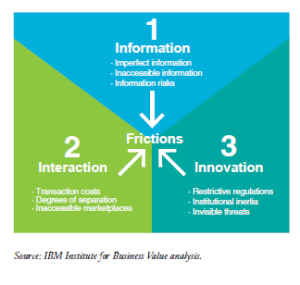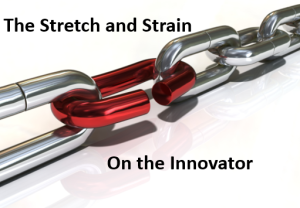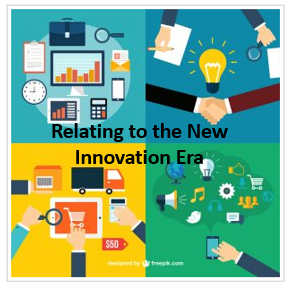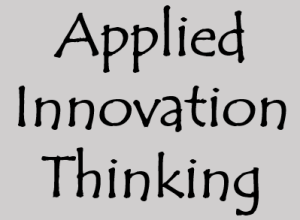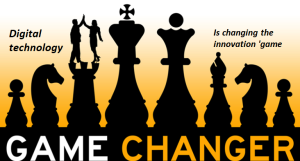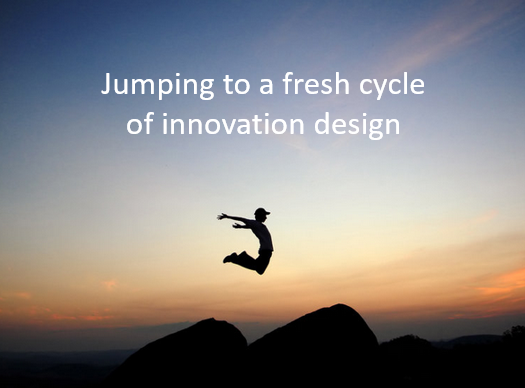
I have argued in the past that innovation management needs to radically adjust, it requires being designed differently, it needs to be highly adaptive, and technology-driven, it actually is in need of a fresh cycle of design.
In my opinion, it needs to be based on the thinking around the shift from products to solutions, from transactions to building far more value-adding ongoing relationships, from a supplier of product services into highly valued network partnerships, exploring innovation across all options.
instead of delivering on discrete elements; this requires managing the whole ecosystem of the innovation design differently through technology where platforms dominate and transformation becomes an ongoing process to evolve the business model, so as to seek out constantly changing market opportunities, in agile, adaptive and fluid ways, for successful innovation outcomes, that meet those real customer needs.
I’d like to offer some views, partly looking out to the future, partly considering what is potentially within our grasp, if we step back and rethink innovation design. So here I offer some parts of this design, my thinking out loud, somewhat in random order and some of the reasons why:

